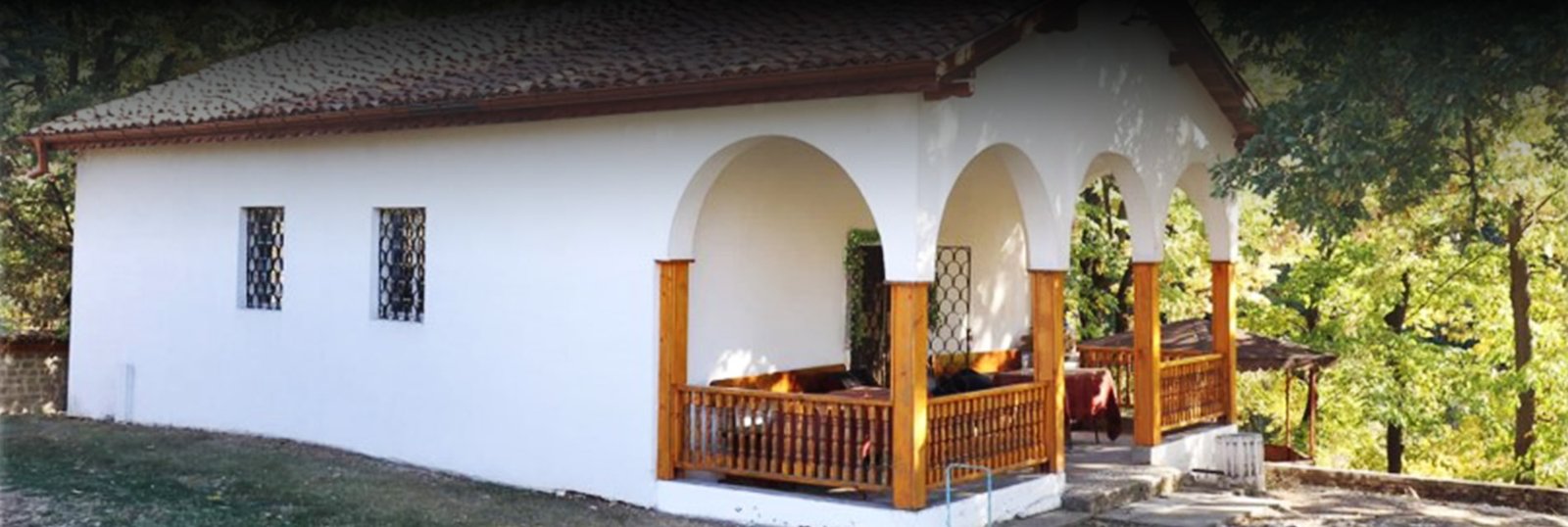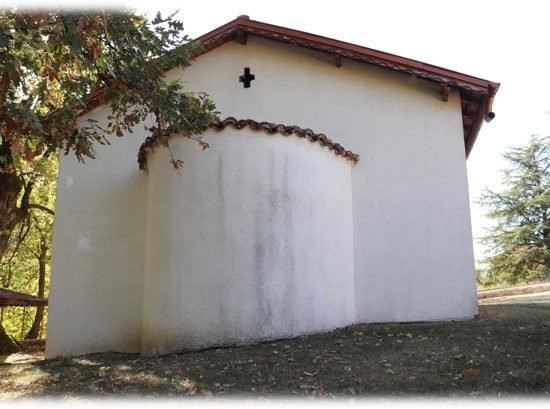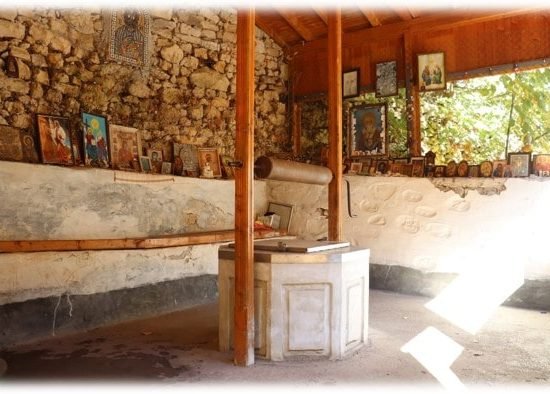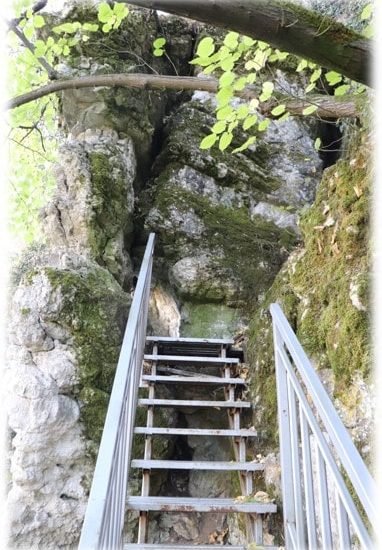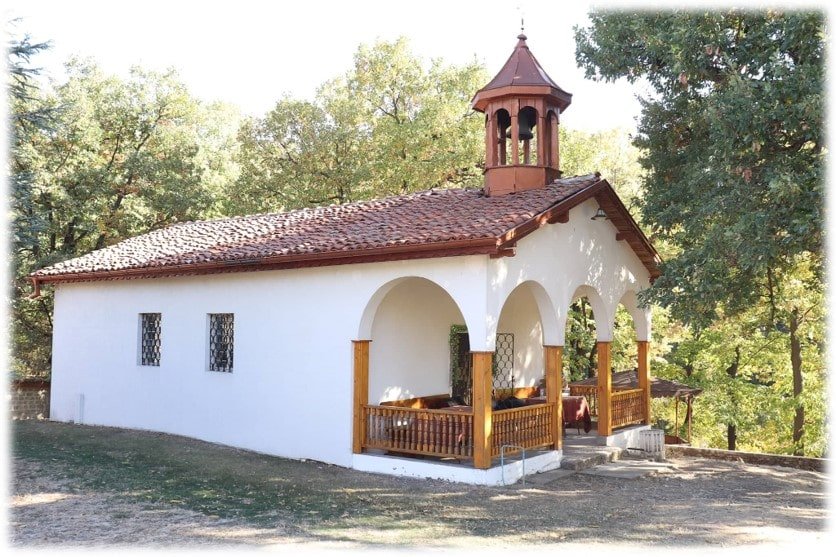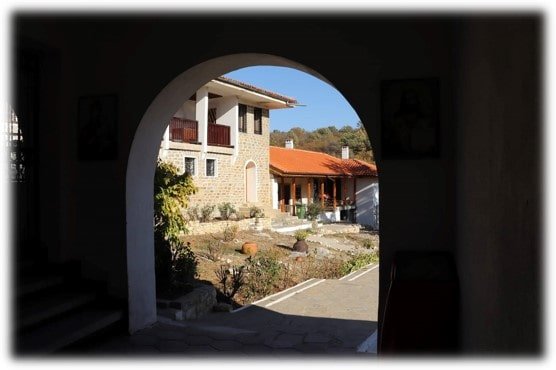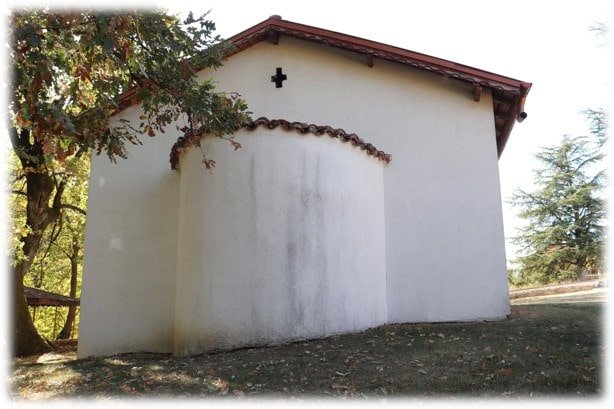St. Athanasius Monastery
per person
According to tradition, it is considered the oldest active monastery in Europe. It was founded in 344 by St. Athanasius, Archbishop of Alexandria.
Saint Athanasius was born in 295 or 296 in Alexandria, Egypt, in a family of Christians. Excellently educated, he devoted himself to the study of the Holy Scriptures. Because of the virtues he mastered as a young man, he was accepted into the household of Alexander, Archbishop of Alexandria, as a spiritual son and secretary. In 319 he was ordained a deacon. Meanwhile, in Alexandria, the local priest Arius (280-336) gave rise to one of the most dangerous heresies in Early Christianity, disputing the nature of the Son. In the fight against this heresy, several local councils were organized, leading to the Ecumenical Council of Nicaea in 325. St. Athanasius attended it together with Archbishop Alexander and took an active part in the overthrow of the Arians and the perception of the Nicene Creed.
After the death of Archbishop Alexander, St. Athanasius was ordained Archbishop of Alexandria in 326.
Despite the opposition, Arianism gained territories and minds, including some of the Byzantine emperors. Another council was organized – in Serdica (now Sofia) in 343, where the debates continued. Part of the Eastern Fathers, followers of Arius, left the council and organized a counter-council in Philippopolis (today Plovdiv). St. Athanasius inspiredly defends the Nicene Creed. In 344, after the end of the council in Serdica, St. Athanasius, at that time sent into exile by the followers of Arius, traveled through today’s Bulgarian lands. Studies of his life suggest that he stayed for a while near Beroe, today’s Stara Zagora. Then he founded the monastery that bears his name.
In the East the power of the Arian heresy was strong and St. Athanasius was condemned and sent into exile several times. He died in 373 in Alexandria. He has left a rich written legacy. His outstanding contribution to Early Christian theology earned him the designation of Father of Orthodoxy. Besides other merits, St. Athanasius brought and spread monasticism from Egypt to Europe. Although his mother tongue was Greek, he also preached in Coptic. Because of his exploits, he was called the Great.
FORMAL ANALYSIS
The location of the monastery was not chosen by chance. Nearby passed one of the central Roman roads – Via Militaris connecting Rome with Constantinople via the Balkans. Created and walked in the Antiquity, this road remains a central axis of communication between Western Europe and the Orient. Above the monastery are the remains of an ancient fortress, as well as a Thracian Nymphaeum. They have not yet been systematically explored, only archaeological trenches have been made. Raising a Christian church over an ancient pagan shrine is a known practice from the Early Christianity. This practice is often defined as cultural continuity.
Today the Monastery of St. Athanasius is located on a hill, on the right bank of the Stara Reka River. Repeatedly destroyed and looted, it was significantly renovated in the second half of the 20th century. The complex is composed of a small church, a spring with believed to be healing water and monastery buildings in a spacious, well-kept courtyard. A cave – hermitage (hesychasterion), thought to be miraculous, is located on the other bank of the river, opposite the monastery. According to tradition, the Saint and his followers retreated there during fasting, prayer and solitude.
The Monastery of St. Athanasius is an active Orthodox convent. The holidays celebrated are on January 18 and May 2. They are visited by many pilgrims from Bulgaria and the neighboring Balkan countries.
KATYA MELAMED
- St Athanaus Monastery © PHOT. KATYA MELAMED
- A VIEW OF THE YARD © PHOT. KATYA MELAMED
- MONASTERY RESIDENTIAL WING © PHOT. KATYA MELAMED
- THE CHURCH APSE © PHOT. KATYA MELAMED
- THE ACREAD HEALING SPRING © PHOT. KATYA MELAMED
- NOOK OF THE MONASTERY WITH THE ICON OF ST. ATHANASIUS © PHOT. KATYA MELAMED
- TO THE CAVE – HERMITAGE © PHOT. KATYA MELAMED
- IN FRONT OF THE CAVE – HERMITAGE © PHOT. KATYA MELAMED
Tour Location
St. Athanasius Monastery
| Other monuments and places to visit | Not in the vicinity. |
| Natural Heritage | |
| Historical Recreations | |
| Festivals of Tourist Interest | |
| Fairs | |
| Tourist Office | |
| Specialized Guides | |
| Guided visits | |
| Accommodations | Possibly in the Monastery; better in Chirpan or Stara Zagora |
| Restaurants | Better in Chirpan or Stara Zagora |
| Craft | |
| Bibliography | |
| Videos | |
| Website | atanasiymonastery.alpobg.com; visit Stara Zagora; TripAdvisor Chirpan |
| Monument or place to visit | St. Athanasius Monastery |
| Style | |
| Type | Monastic architecture |
| Epoch | (4th c.) – 20th century |
| State of conservation | Modern constuctions today |
| Mailing address | Zlatna Livada, Stara Zagora, 6221, Bulgaria |
| Coordinates GPS | 42°6'20N 25°25'28E |
| Property, dependency | Bulgarian Orthodox Church |
| Possibility of visits by the general public or only specialists | General public visits |
| Conservation needs | Not at this stage |
| Visiting hours and conditions | |
| Ticket amount | No entrance free |
| Research work in progress | |
| Accessibility | Good |
| Signaling if it is registered on the route | |
| Bibliography | None at this stage. Only a brochure in the monastery. |
| Videos | |
| Information websites | atanasiymonastery.alpobg.com |
| Location | Zlatna Livada village, 14 km from Chirpan town, 53 km south of Stara Zagora main town; signs along the highway |


